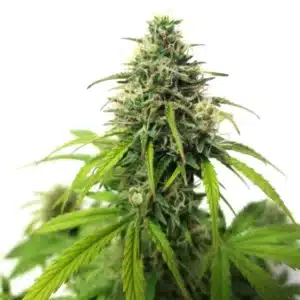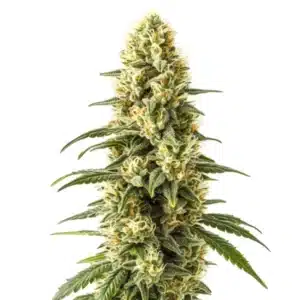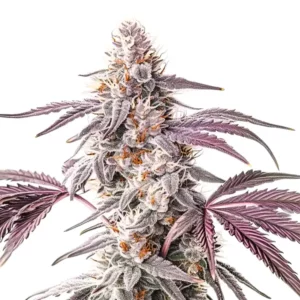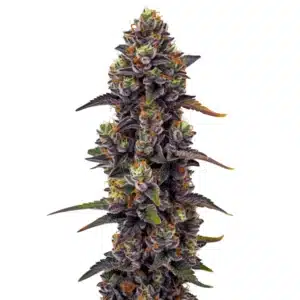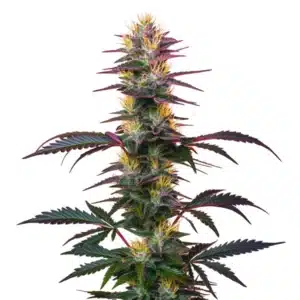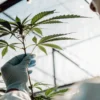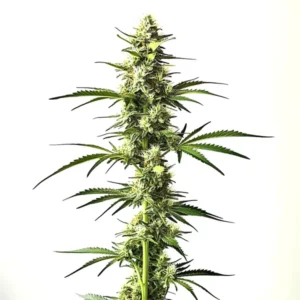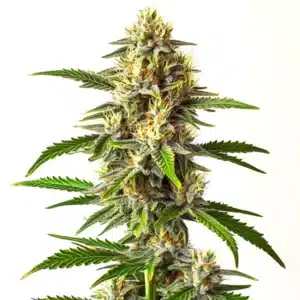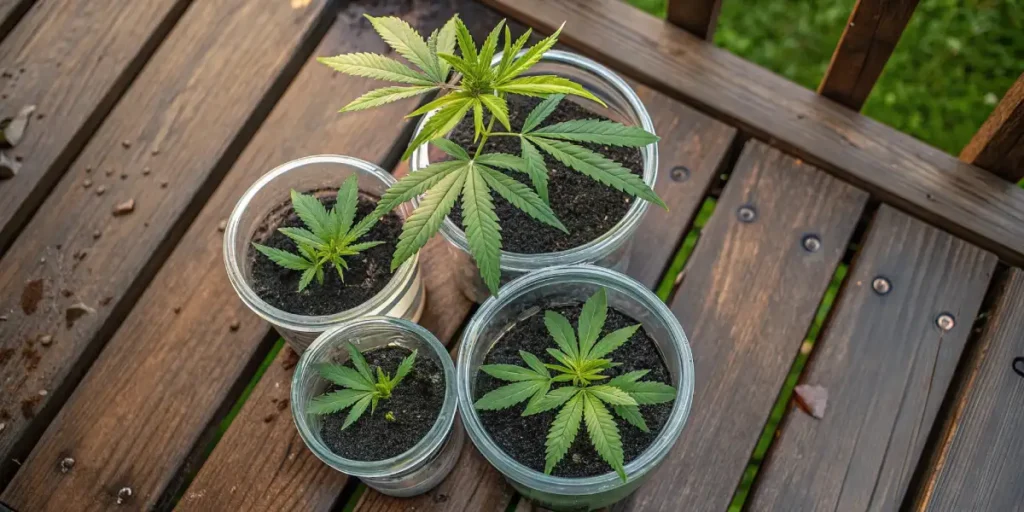
The Purist’s Challenge: Cloning Cannabis Without Rooting Hormone
So, you want to go old-school. You want to test your skills and clone your cannabis the way nature intended, without the safety net of synthetic rooting hormones. I love it. It’s a pure, Organic approach that connects you deeply with the plant’s incredible will to survive.
But let’s be real. You’re choosing to play this game on hard mode. And to win, you need a strategy.
Recommended Strains
The Golden Rule of “Hard Mode” Cloning
Before we even discuss technique, let’s talk strategy. Here is the single most important piece of advice for anyone attempting this: Take at least twice as many cuttings as you actually need.
Without that chemical boost from rooting hormones, the failure rate is naturally higher. It’s just a fact. Some of your cuttings simply won’t make it. So, if you need five healthy clones, take ten or even twelve cuttings. By planning for a few losses, you guarantee your own success. This one tip will save you from a world of disappointment.
Promos & Deals
Life Support for the Rootless
Now, let’s remember the core science. A fresh cutting has no roots. It cannot drink from its medium. For the 2-3 weeks it needs to grow a new root system, how does it survive?
It drinks and eats through its leaves.
This is why a high-humidity environment is not a suggestion; it’s a non-negotiable life-support system. You must place your cuttings under a humidity dome and maintain a swampy 80% humidity or higher. This allows the leaves to absorb all the moisture they need to stay alive.
And just as crucial: wind is the enemy. A gentle breeze from a fan that is a lifesaver for a mature plant will suck the moisture out of a defenseless cutting and kill it in under an hour. No fans, no direct airflow, no exceptions until you see roots.
The Process: Patience is Your Greatest Virtue
The actual process is beautifully simple. First, as with any cloning, only take cuttings from a healthy mother plant in its vegetative stage. For the best results, choose the newer, softer growth from the top branches of the plant; they have more growth hormones and will root more easily than older, woody branches.
Place your cuttings in water or a moist, soilless medium, get them under the high-humidity dome, and then… you wait. This method is slower than using hormones. You must be patient.
This technique is a true test of your ability to Nurture new life. It’s perfect for vigorous, resilient strains like Critical Mass Auto, Blue Dream, or Gelato, as their robust genetics give them a better natural chance to succeed. Successfully creating a Homegrown clone this way is a badge of honor. You’re not just a grower; you’re a partner in the plant’s natural desire to Thrive.
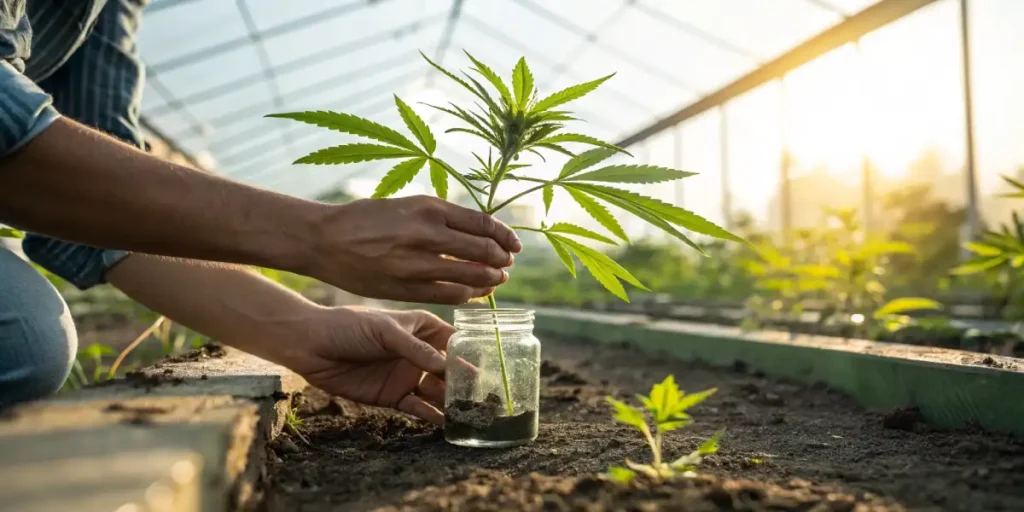
FAQ
Is it harder to clone cannabis without rooting hormone?
Yes, it is. The success rate is naturally lower, and the process is slower. That’s why the most important rule is to take at least double the number of cuttings you need. By planning for some to fail, you ensure you’ll end up with the number of healthy clones you want.
Why is high humidity so critical for hormone-free cloning?
Because a cutting without roots can’t drink from its medium (water or soil). It survives by absorbing moisture directly through its leaves. A humidity dome that keeps the air at 80%+ humidity is the life-support system that keeps the cutting hydrated while it works on growing roots.
How much longer does it take to see roots without hormone?
It varies by strain and conditions, but you should generally add at least a week to your expectations. Where a clone with hormone might show roots in 7-14 days, a hormone-free clone might take 14-21 days or even longer. Patience is absolutely essential.
What’s the best part of the plant to take a cutting from?
Always take your cuttings from the top part of the mother plant. The growth there is newer, softer, and contains more natural growth hormones than the older, woody branches lower down. These “tip cuttings” have a much higher chance of successfully rooting.


